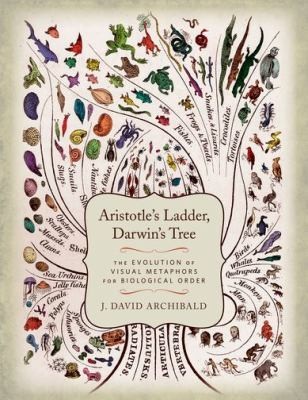

Most ebook files are in PDF format, so you can easily read them using various software such as Foxit Reader or directly on the Google Chrome browser.
Some ebook files are released by publishers in other formats such as .awz, .mobi, .epub, .fb2, etc. You may need to install specific software to read these formats on mobile/PC, such as Calibre.
Please read the tutorial at this link: https://ebookbell.com/faq
We offer FREE conversion to the popular formats you request; however, this may take some time. Therefore, right after payment, please email us, and we will try to provide the service as quickly as possible.
For some exceptional file formats or broken links (if any), please refrain from opening any disputes. Instead, email us first, and we will try to assist within a maximum of 6 hours.
EbookBell Team

5.0
110 reviewsLeading paleontologist David Archibald explores the rich history of visual metaphors for biological order from ancient times to the present and their influence on human beingsÕ perception of their place in nature. Specifically, Archibald focuses on ladders and trees, and the first appearance of trees to represent seasonal life cycles. Their use in ancient Roman decorations and genealogies was then appropriated by the early Christian Church to represent biblical genealogies. The late eighteenth century saw the idea of a tree reappropriated to visualize relationships in the natural world, sometimes with a creationist view, but in some instances suggesting evolution. Charles DarwinÕs On the Origin of Species (1859) exorcised the exclusively creationist view of the Òtree of life.Ó His ideas sparked an explosion of trees, mostly by younger acolytes in Europe. Although DarwinÕs influence waned in the early twentieth century, by midcentury his ideas held sway once again in time for another and even greater explosion of tree building, generated by the development of new theories on how to assemble trees, the birth of powerful computing, and the emergence of molecular technology. Throughout his far-reaching study, and with the use of many figures, Archibald connects the evolution of Òtree of lifeÓ iconography to our changing perception of the world and ourselves, offering uncommon insight into how we went from standing on the top rung of the biological ladder to embodying just one tiny twig on the tree of life.